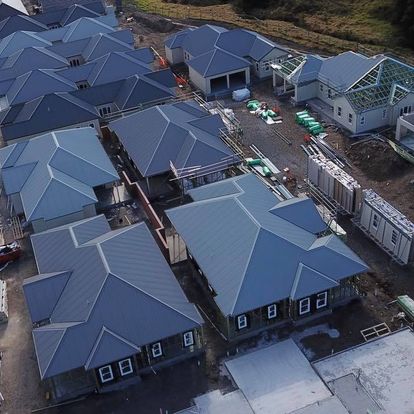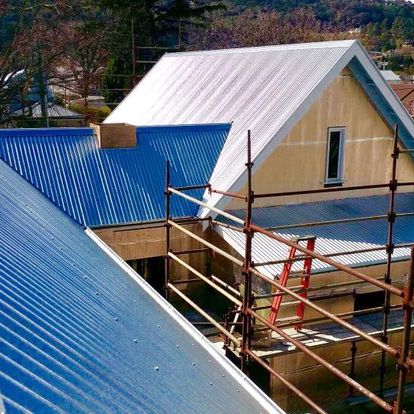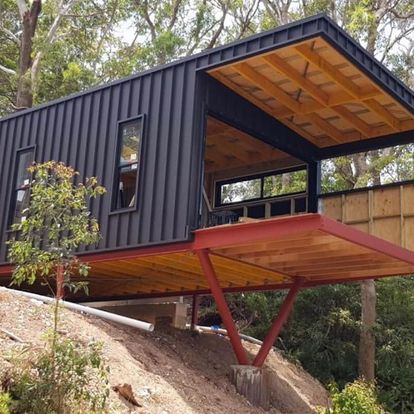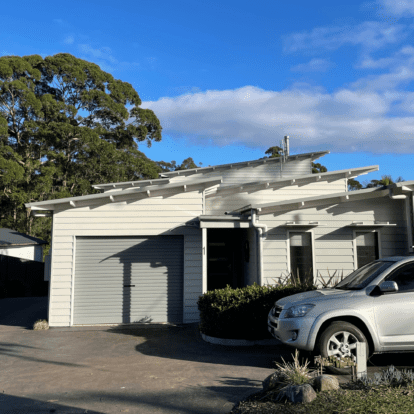The roof you choose has the important job of protecting you from the elements, but it can also make or break the aesthetic appeal of your home. Knowing the features and functionalities of different roofing profiles can help you choose a style that enhances the value of your home, prolongs the lifespan of the entire house, and even saves you money on energy bills. If you’re in need of a new roof but are unsure about which roof type is the right one for you, here are different Australian roofing types and profiles you can choose from.

A hipped roof profile is shaped like a pyramid or a tent. Depending on the layout and size of the house, four or more sloping planes – usually with identical pitches – meet at the roof peak. A hipped roof can also be shaped like a rectangle where the opposite planes on the long side of the house connect along the roof ridge. Because its planes cover all walls of the house, a hipped roof has a natural stability that withstands extreme weather conditions like strong wind and heavy rain. Other features include:

A ‘pitched’ or ‘gabled’ roof consists of two usually uniform planes that connect at the roof’s ridge. With its simple and cost-effective construction method, it’s one of the most popular roof shapes. Other benefits include:

A flat roof is one of the most common roof types in Australia. Despite its name, a flat roof has to be slightly angled to ensure water runoff. It’s cost-efficient, easy to install and easily accessible for checkups and repairs. It has more beneficial features like:

Similar to flat roofs, skillion roofs consist of a single plane but at a higher pitch (angle) than a flat roof. Skillions are often used in conjunction with other roofing types, for example in split-level houses where opposite levels and roofs don’t meet on the same height. Apart from its flexibility of installation, skillion roofs have several benefits:
A butterfly roof looks like a pitched roof turned upside down. The sloping roof planes connect at the box gutter – the lowest point of the roof structure. The gutter therefore contains the drainage system, which is often a weak point of the roof and requires regular maintenance. However, the butterfly roof has other advantages:
In most cases, two or more of these roof types can be combined to form a roof that is tailored precisely to your wishes. At Parrish Group, our roofing professionals have been designing, supplying and installing quality roofing solutions for Shoalhaven’s commercial, government and residential customers for almost two decades.
Get in touch today and discuss your roofing needs with us!